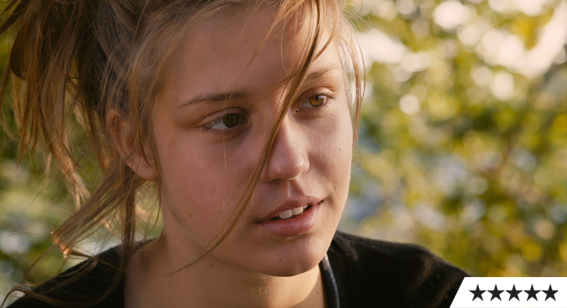Review: Blue is the Warmest Colour

Tunisian-born, French-raised director Abdellatif Kechiche favours the emotional authenticity of his lead characters above all else. It’s not at the expense of plot, cinematography or any other aspects of his films, but it’s definitely where all the emphasis lies – in both the filmmaking process and the final product.
That has never been truer than in his new film, which combined a personal idea he was developing with an adaptation of a 2010 graphic novel by Julie Maroh. It says it all that when Kechiche won the Palme d’Or at Cannes, his two lead actresses were awarded the prize along with him – they sink so completely and so specifically into the reality on screen, their contributions were justly recognised as equally important to the director’s.
The more-established Lea Séydoux (Mission Impossible: Ghost Protocol; Midnight In Paris) has been getting most of the media attention, but this is Adèle Exarchopoulos’ movie through and through. Laid bare in ways far more interesting than what the controversy surrounding this film would suggest, Exarchopoulos conveys the mania and heartbreak of falling in love with the kind of guileless conviction you’d think would be impossible to capture on camera.
The character arcs are not unique, but the torrent of emotional verisimilitude that flows from the screen is. Seen within a viewing of the film, the sexual aspects don’t feel particularly gratuitous, their intensity justified in the context of the film’s epic (successful) push for feeling.
Blue is the Warmest Colour may require a little embracing of its motivations on the part of the viewer – once you begin to feel its rhythms, the film’s mastery is undeniable.
‘Blue is the Warmest Colour’ Movie Times















